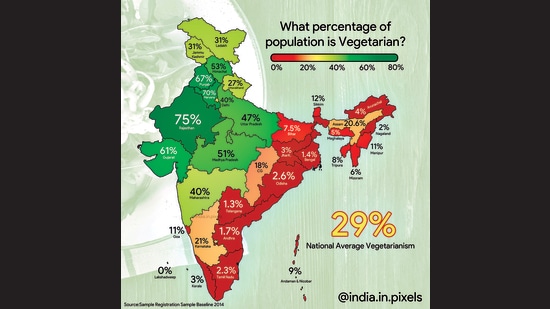(Originally posted on Feb 2, 2021 on the Drishti blog)
In the last of my three-part series on looking ahead to 2021 (and leaving 2020 firmly in the rearview mirror), I’ll explore what technological advancements are on the horizon, and how they’ll help fulfill the vision I laid out in earlier posts for both global manufacturing and how the industry will shift in the U.S.
A quick summary before we move on:
- In some cases, manufacturing globally will shift from lowest-cost countries being the producers to “neighborhood” production for shorter supply chains and less risk.
- In the U.S., this reshoring trend means more manufacturing jobs, but the skills in demand will be related to working with and maintaining machines; math and data.
- The physical and digital infrastructure requirements are enormous, and investments in (or at least demand for) both roads, bridges, rail and ports AND high speed internet, storage and emerging tech will grow.
How practical AI enables neighborhood manufacturing
One of the biggest enablers of re-shoring manufacturing and global “neighborhood” development will be practical AI: purpose-built AI for the factory floor that shows quick time to value, is incredibly sophisticated on the inside but exceedingly easy for the user to consume and operate (think of Google Search, which has a thousand Ph.D.s working to perfect a complicated, algorithm-driven search engine that a 3-year-old can easily use).
I speak from the standpoint of Drishti: In the second half of 2020, we saw significant growth as manufacturers understood the value in having data on every cycle, at every station in the assembly process. Even if they were travel-restricted because of the coronavirus, manufacturing teams had a quick and meaningful look into their production facilities from anywhere in the world. Imagine how that functionality will continue to enable neighborhood manufacturing models: genba walks, training, collaboration and best practices sharing can happen instantly, regardless of linguistic or cultural differences.
Like Google, we’ve simplified the use of our product even further, providing a sleek user interface that belies the complicated, proprietary neural networks that create and process the data silently inside. We’ve cut our neural network training time by 14x over the last six months, with more progress on the horizon, allowing us to take weeks off the journey from deployment to value. And perhaps just as importantly, we’ve framed the output of this data in the context of the user’s daily life. These improvements put the value of AI front and center for our customers and will continue to drive adoption.
Audience sophistication grows, but more AI education is needed
Two years ago, when Drishti was really beginning to go to market, we found that people were familiar with the term “artificial intelligence,” but had no practical understanding of what it was or how it could be useful. In 2021, we’re looking at a much more sophisticated audience that wants specific answers about how we train our neural networks, how long it takes and more.
Still, the knowledge remains more academic than practical, as most individuals have not actually deployed AI themselves. Sophistication will continue to grow, as more people actually experience the power of AI, but the number of individuals in the world who can build and deploy new types of neural networks will not rise, as it takes a very specialized and rare skill set. We are fortunate to have one of the world’s foremost experts, Krishnendu Chaudhury, as Drishti’s co-founder and CTO, and a full team of both AI and manufacturing pros who can help you understand not just the functionality of AI, but also its practical application on the factory floor. Because without that real-world applicability, AI for AI’s sake is not going to provide you with the transformational benefits of which it is capable.
I’m excited to move past the chaos of 2020 and into the promise of 2021. I hope you’ll invite Drishti to be a part of your 2021 journey.










